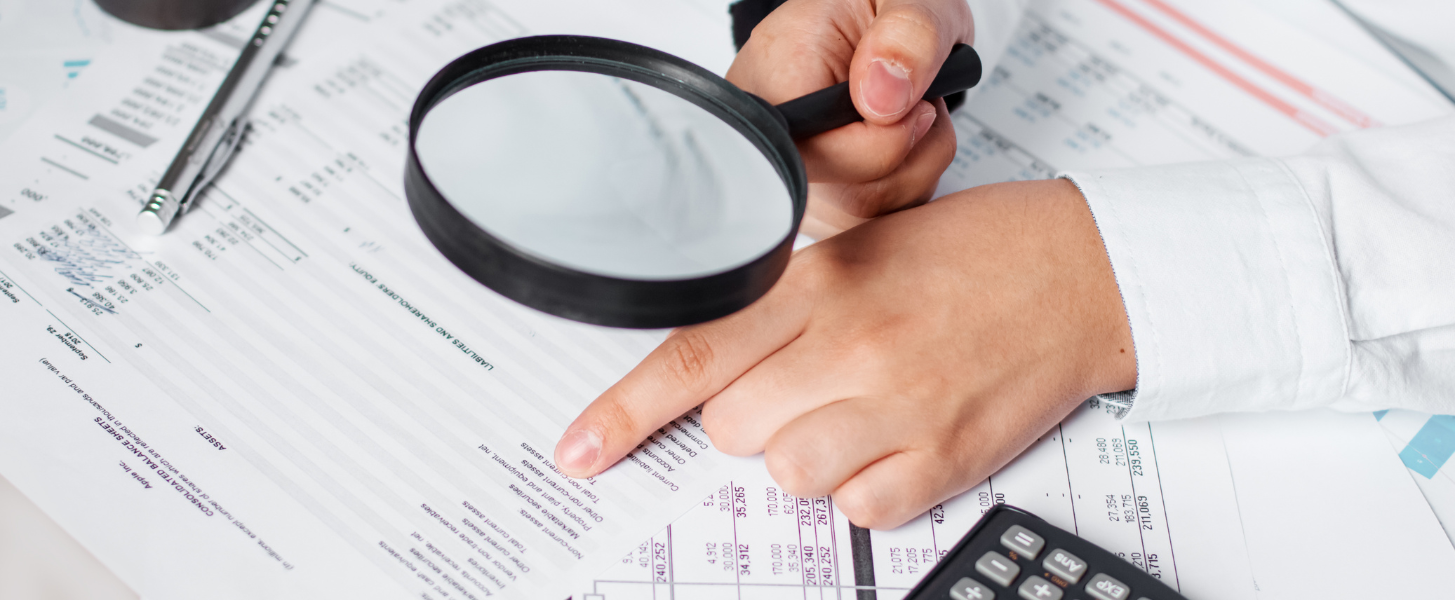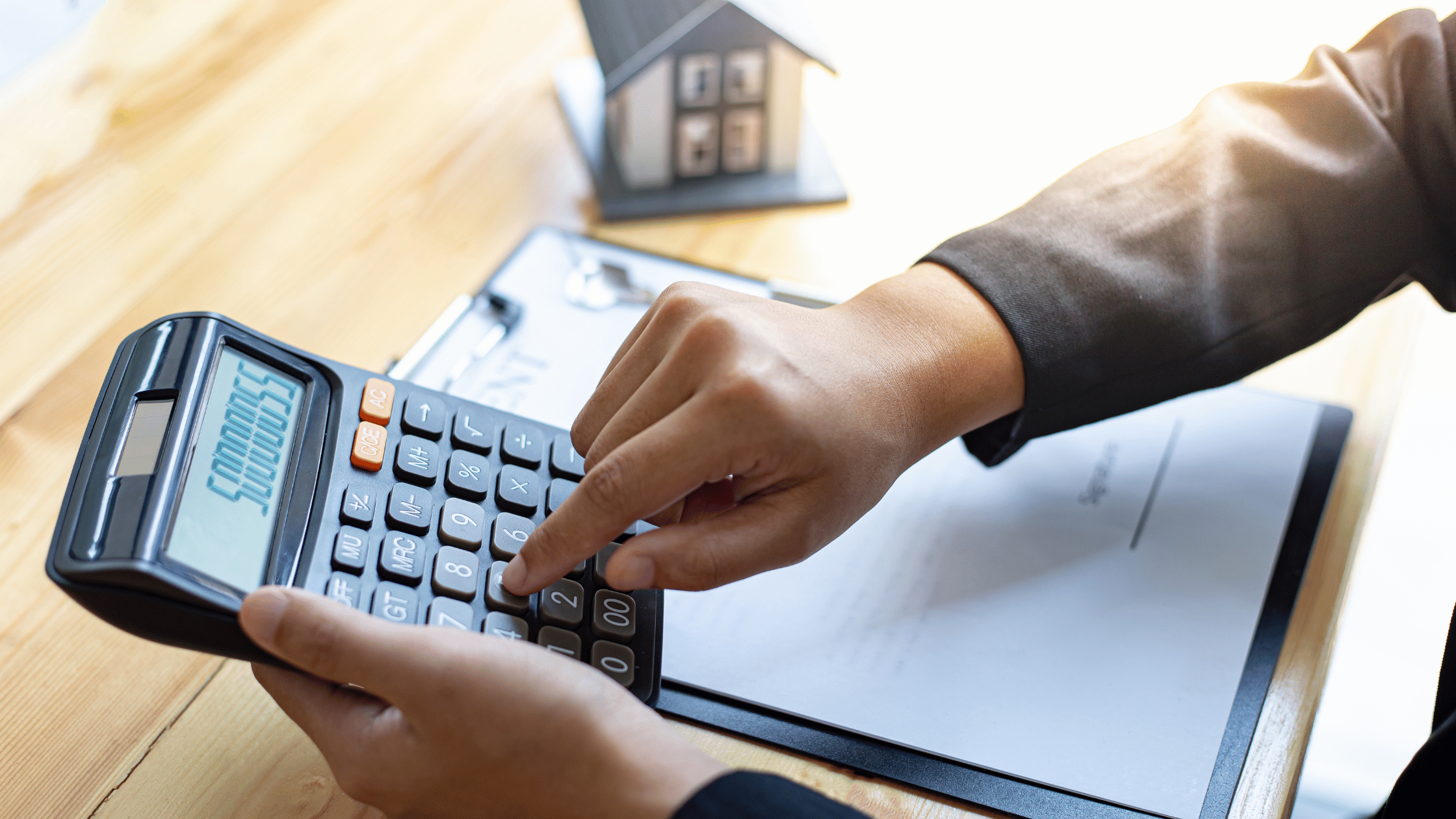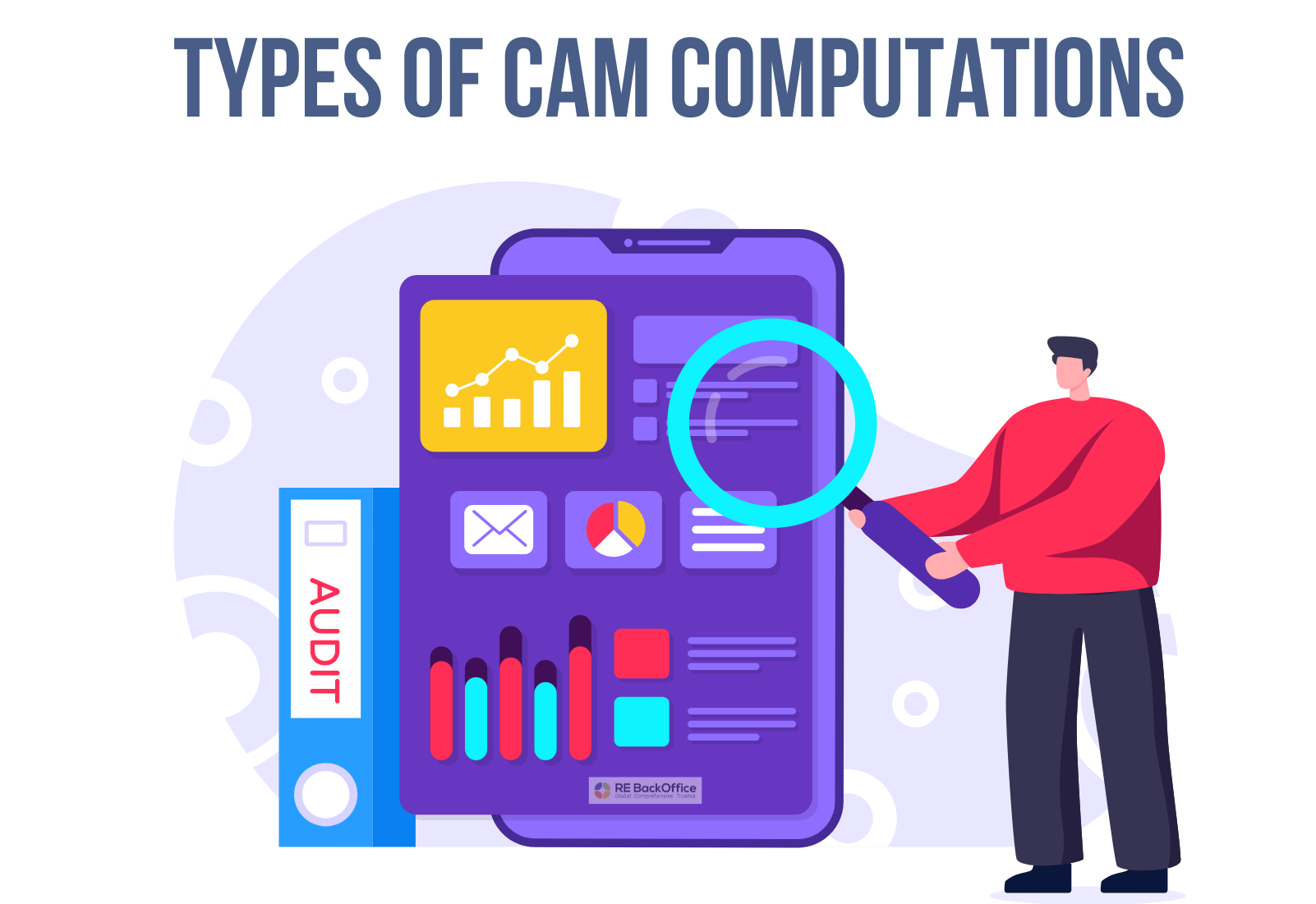As the aroma of pumpkin pie fills the air and families gather around tables, retailers are also preparing for a different kind of feast – the holiday shopping rush. Thanksgiving marks not only a time for gratitude but also the commencement of the busiest shopping season of the year. Amidst this hustle and bustle of Thanksgiving, this blog takes a few minutes to remind you of the critical role that Common Area Maintenance (CAM) reconciliation plays in maximizing the lease ROI for retailers.
Understanding CAM Reconciliation
CAM charges are fees paid by tenants to cover the maintenance and operation costs of shared spaces within a commercial property, such as lobbies, hallways, parking lots, and common areas. For retailers operating within commercial properties like malls or shopping centers, CAM fees are a familiar aspect of their lease agreements. These fees cover the shared costs of maintaining common areas such as parking lots, walkways, and communal spaces. CAM reconciliation is the process by which landlords and tenants review and adjust these fees annually, ensuring fair distribution and accurate accounting of expenses. At the end of each financial year, lease administration teams initiate the CAM reconciliation process to compare the estimated CAM charges paid by tenants with the actual expenses incurred.
Why CAM Reconciliation Matters
Financial Transparency: Just as Thanksgiving dinner brings everyone to the table, CAM reconciliation ensures transparency and fairness in cost-sharing among tenants. CAM reconciliation involves comparing the estimated CAM charges that were billed to tenants at the beginning of the lease term with the actual expenses incurred by the landlord. If the actual expenses are less than the estimated charges, the tenant may have been overcharged. CAM reconciliation allows for adjustments to be made, and any overcharges to be refunded to the tenant. It allows retailers to scrutinize expenses, ensuring they’re not overcharged for common area maintenance.
Budgeting and Planning: Much like preparing a Thanksgiving meal requires careful planning, retail tenants rely on accurate CAM reconciliation to budget effectively for the upcoming year. By knowing the actual costs incurred, they can plan and allocate resources more efficiently.
Building Trust: Thanksgiving is about fostering connections, and CAM reconciliation fosters a healthy landlord-tenant relationship. A transparent reconciliation process builds trust and mutual respect between parties, creating a more conducive environment for long-term partnerships.
Outsourcing CAM reconciliation to an experienced lease administration service provider like RE BackOffice offers significant advantages. By leveraging their expertise, advanced technology, and efficient processes, leading lease administration service providers like RE BackOffice are able to streamline the CAM reconciliation process, reducing the burden on your in-house lease admin teams and enhancing accuracy. You benefit from cost savings, improved efficiency, and the peace of mind that comes from working with a trusted partner. Embracing outsourcing can revolutionize CAM reconciliation, allowing your in-house lease administration teams to focus on strategic initiatives instead of the mundane.
This Thanksgiving, as you gear up for the holiday rush, do not overlook the significance of CAM reconciliation. In the spirit of gratitude, let’s raise a toast to transparency, fairness, and thriving partnerships between landlords and retail tenants.
Happy Thanksgiving!







